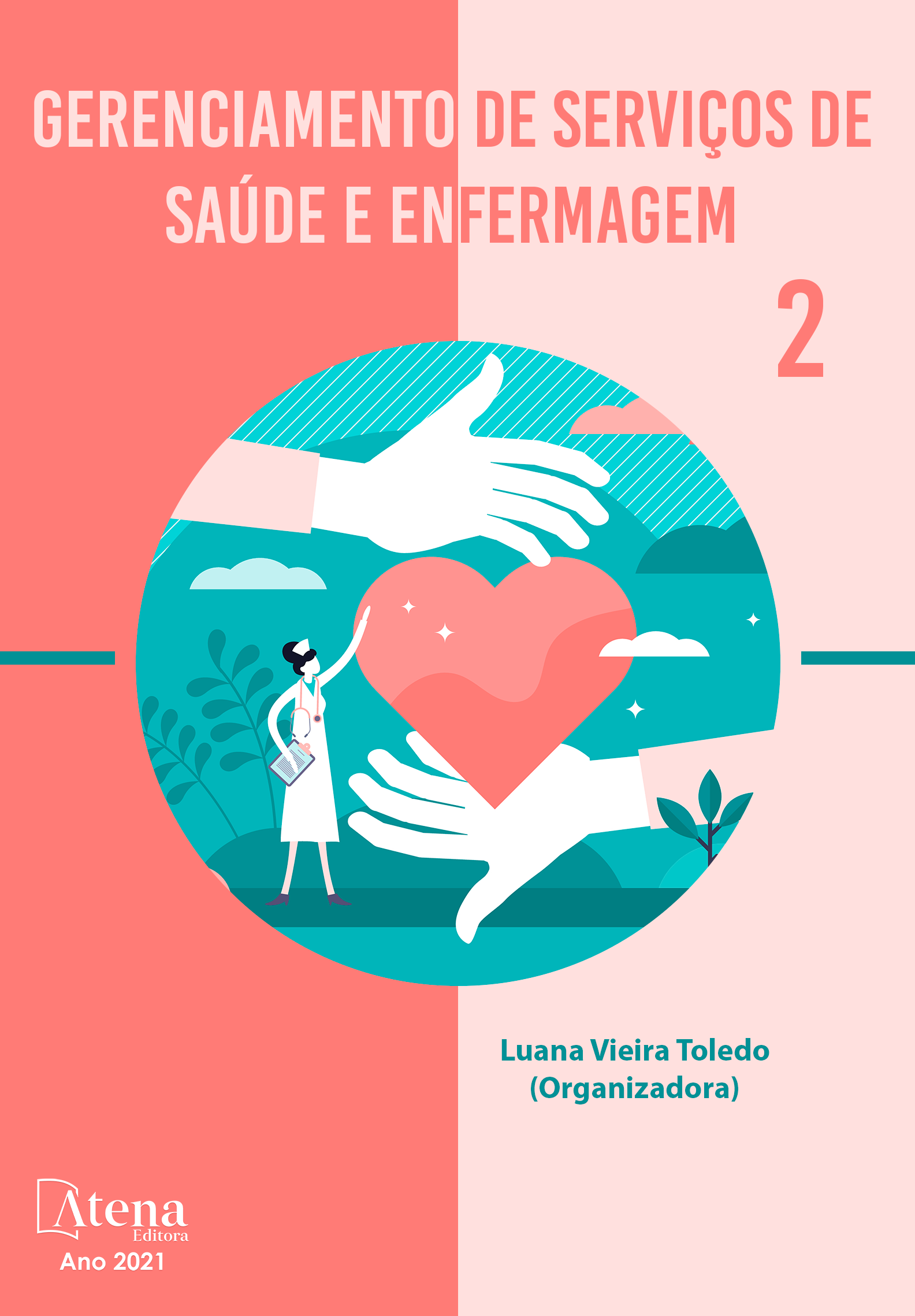
PLANEJAMENTO FAMILIAR: CONTRIBUIÇÃO DA ENFERMAGEM PARA REDUÇÃO DE CIRURGIAS DE LAQUEADURA E VASECTOMIA DESNECESSÁRIAS.
Introdução: O planejamento Familiar é um dos principais parâmetros de atenção à saúde da mulher, é uma estratégia ofertada pela atenção básica e definida no NOAS-SUS 2001, assegurando a implementação desta assistência para a população em geral. No entanto, em diversos casos a atenção básica se depara com alguns entraves, os quais dificultam a resolutividades destas ações. Objetivos: Conhecer o protocolo de planejamento familiar do Ministério da Saúde a fim de reduzir cirurgias desnecessárias para esterilização, identificar as dificuldades apresentadas pelo enfermeiro para a realização do planejamento familiar em acordo com o Ministério da Saúde e evidenciar os riscos ao cliente decorrentes do processo cirúrgico. Método: Consiste em uma revisão bibliográfica, integrativa e quantitativa realizada em livros, artigos e periódicos. Busca eletrônica no portal do CAPES (Coordenação de Aperfeiçoamento de Pessoal de Nível Superior) e BIREME (Biblioteca Regional de Medicina), nas seguintes bases de dados: LILACS (Literatura Latina Americana de Ciências da Saúde), SCIELO (Scientific Electronic Library Online), MEDLINE (Sistema Online de Busca e Análise de Literatura Médica). Resultados: O Planejamento familiar é uma assistência prestada principalmente por enfermeiros das unidades básicas de saúde, para atender a população em geral, sobretudo, aqueles usuários que necessitam deste cuidado e muitas vezes há quebra na continuidade do mesmo. Conclusão: Conhecendo bem os protocolos do Ministério da Saúde os enfermeiros utilizam estratégias seguras e eficazes, as quais buscam vencer as dificuldades encontradas evitando assim laqueadura tubária ou vasectomia desnecessárias.
PLANEJAMENTO FAMILIAR: CONTRIBUIÇÃO DA ENFERMAGEM PARA REDUÇÃO DE CIRURGIAS DE LAQUEADURA E VASECTOMIA DESNECESSÁRIAS.
-
DOI: 10.22533/at.ed.6802127013
-
Palavras-chave: Planejamento Familiar. Métodos Contraceptivos. Assistência de Enfermagem.
-
Keywords: Family Planning. Contraceptive Methods. Nursing Assistance.
-
Abstract:
Introduction: Family planning is one of the main parameters of attention to women's health, it is a strategy offered by primary care and defined in NOAS-SUS 2001, ensuring the implementation of this assistance for the population in general. However, in several cases, primary care is faced with some obstacles, which hinder the resolution of these actions. Objectives: To know the family planning protocol of the Ministry of Health in order to reduce unnecessary surgeries for sterilization, to identify the difficulties presented by nurses in carrying out family planning in agreement with the Ministry of Health and to highlight the risks to the client resulting from the surgical process . Method: It consists of a bibliographic, integrative and quantitative review carried out on books, articles and periodicals. Electronic search on the CAPES portal (Coordination for the Improvement of Higher Education Personnel) and BIREME (Regional Library of Medicine), in the following databases: LILACS (Latin American Literature of Health Sciences), SCIELO (Scientific Electronic Library Online), MEDLINE (Online System for Searching and Analyzing Medical Literature). Results: Family planning is an assistance provided mainly by nurses from basic health units, to serve the general population, especially those users who need this care and there is often a break in its continuity. Conclusion: Knowing the Ministry of Health protocols well, nurses use safe and effective strategies, which seek to overcome the difficulties encountered, thus avoiding tubal ligation or unnecessary vasectomy.
-
Número de páginas: 15
- Racinthia Mylenna Nascimento Silva Andrade
- Prof. (a) Msc. Laryssa Grazielle Feitosa Lopes
- Kathia Priscila Silva Torres


